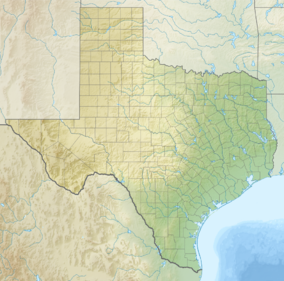In today's article we will delve into the fascinating world of John Henry Kirby State Forest, exploring its origins, its impact on today's society and its possible implications for the future. Since time immemorial, John Henry Kirby State Forest has captivated the attention of people of all ages and cultures, becoming a topic of constant debate and reflection. Throughout history, John Henry Kirby State Forest has evolved and adapted to social, political and technological changes, leaving an indelible mark on humanity. Through this article, we will discover more about John Henry Kirby State Forest and its many facets, as well as the perspectives of experts and scholars that will help us understand its importance in the contemporary world. Get ready to immerse yourself in a journey of knowledge and discovery about John Henry Kirby State Forest!
| John Kirby State Forest | |
|---|---|
| Location | Tyler County, Texas, USA |
| Nearest city | Woodville, Kountze, Beaumont |
| Coordinates | 30°34′36″N 94°24′38″W / 30.57667°N 94.41056°W |
| Area | 626 acres (253 ha) |
| Established | 1929 |
The John Henry Kirby State Forest is a 626-acre (2.5 km2) forest reserve located in Tyler County, Texas. Located just fourteen miles (21 km) south of Woodville and seventeen miles north of Kountze, it is used primarily for research by Texas A&M University. It is open to the public for picnics and touring only. The 6.6 mile Longleaf Nature Trail is located within the state forest. Any revenue generated is donated to student-loan programs at Texas A&M. The land was donated to the state by the lumber baron John Henry Kirby in 1929.
In the 1930s, the Civilian Conservation Corps planted trees, improved timber stands and constructed a residence, fire lookout tower, roads, fire breaks and bridges.
See also
- Texas Forest Trail
- List of Texas state forests
- List of botanical gardens and arboretums in the United States
References
- ^ TSHA Online – Texas State Historical Association
- ^ "John Henry Kirby Memorial State Forest". Texas A&M Forest Service. Retrieved January 13, 2018.
External links
- Texas Forest Service website - Texas State Forests - John Henry Kirby Memorial State Forest
